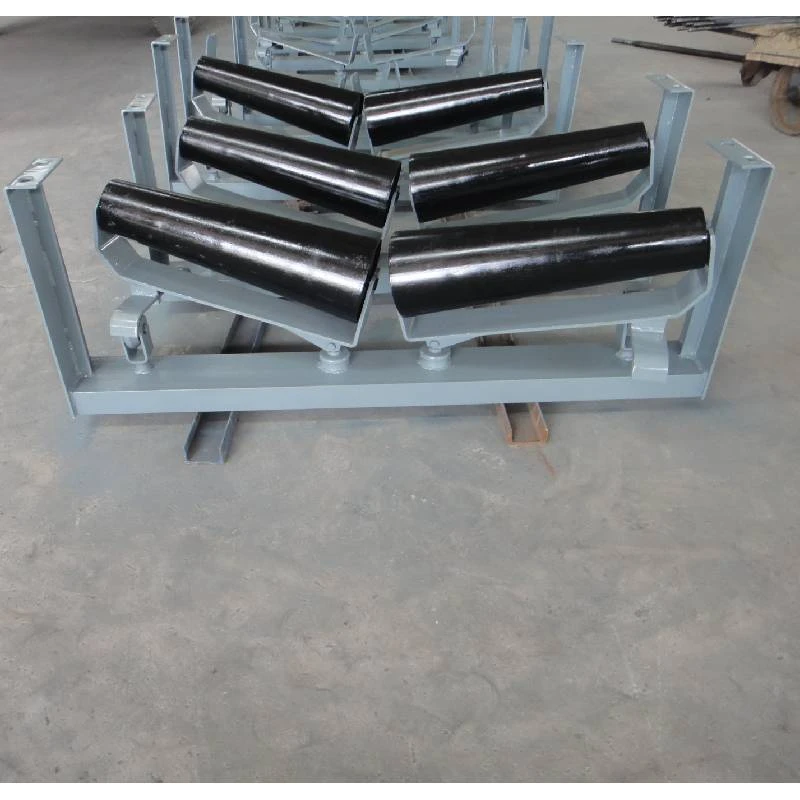 Afrikaans
Afrikaans  Albanian
Albanian  Amharic
Amharic  Arabic
Arabic  Armenian
Armenian  Azerbaijani
Azerbaijani  Basque
Basque  Belarusian
Belarusian  Bengali
Bengali  Bosnian
Bosnian  Bulgarian
Bulgarian  Catalan
Catalan  Cebuano
Cebuano  Corsican
Corsican  Croatian
Croatian  Czech
Czech  Danish
Danish  Dutch
Dutch  English
English  Esperanto
Esperanto  Estonian
Estonian  Finnish
Finnish  French
French  Frisian
Frisian  Galician
Galician  Georgian
Georgian  German
German  Greek
Greek  Gujarati
Gujarati  Haitian Creole
Haitian Creole  hausa
hausa  hawaiian
hawaiian  Hebrew
Hebrew  Hindi
Hindi  Miao
Miao  Hungarian
Hungarian  Icelandic
Icelandic  igbo
igbo  Indonesian
Indonesian  irish
irish  Italian
Italian  Japanese
Japanese  Javanese
Javanese  Kannada
Kannada  kazakh
kazakh  Khmer
Khmer  Rwandese
Rwandese  Korean
Korean  Kurdish
Kurdish  Kyrgyz
Kyrgyz  Lao
Lao  Latin
Latin  Latvian
Latvian  Lithuanian
Lithuanian  Luxembourgish
Luxembourgish  Macedonian
Macedonian  Malgashi
Malgashi  Malay
Malay  Malayalam
Malayalam  Maltese
Maltese  Maori
Maori  Marathi
Marathi  Mongolian
Mongolian  Myanmar
Myanmar  Nepali
Nepali  Norwegian
Norwegian  Norwegian
Norwegian  Occitan
Occitan  Pashto
Pashto  Persian
Persian  Polish
Polish  Portuguese
Portuguese  Punjabi
Punjabi  Romanian
Romanian  Russian
Russian  Samoan
Samoan  Scottish Gaelic
Scottish Gaelic  Serbian
Serbian  Sesotho
Sesotho  Shona
Shona  Sindhi
Sindhi  Sinhala
Sinhala  Slovak
Slovak  Slovenian
Slovenian  Somali
Somali  Spanish
Spanish  Sundanese
Sundanese  Swahili
Swahili  Swedish
Swedish  Tagalog
Tagalog  Tajik
Tajik  Tamil
Tamil  Tatar
Tatar  Telugu
Telugu  Thai
Thai  Turkish
Turkish  Turkmen
Turkmen  Ukrainian
Ukrainian  Urdu
Urdu  Uighur
Uighur  Uzbek
Uzbek  Vietnamese
Vietnamese  Welsh
Welsh  Bantu
Bantu  Yiddish
Yiddish  Yoruba
Yoruba  Zulu
Zulu Enhancing Conveyor Pulley Performance Through Effective Lagging Solutions and Techniques
Understanding Conveyor Pulley Lagging Importance and Benefits
Conveyor systems are integral to many industries, facilitating the movement of materials and products with efficiency and reliability. One critical component of these systems is the conveyor pulley, which plays a significant role in the overall functionality of the conveyor belt. To enhance the performance and longevity of conveyor pulleys, lagging is employed, providing both practical and performance benefits.
What is Conveyor Pulley Lagging?
Conveyor pulley lagging refers to the application of a protective layer or surfacing material on the pulley’s surface. This layer is usually made of rubber, ceramic, or polyurethane, selected based on the specific operational requirements of the conveyor system. Lagging serves several key purposes, primarily focusing on improving the grip between the conveyor belt and the pulley, thus facilitating smoother operation.
Importance of Lagging
1. Enhanced Friction One of the primary functions of lagging is to increase the friction between the conveyor pulley and the conveyor belt. This enhanced grip minimizes slippage, ensuring that the belt moves smoothly and efficiently. In applications with heavy loads or steep inclines, effective lagging becomes even more critical to avoid operational disruptions.
2. Wear Resistance Pulleys are subjected to substantial wear and tear due to constant interactions with the belt, particularly in harsh environments. Lagging material is designed to be durable and abrasion-resistant, significantly extending the life of the pulley and reducing maintenance costs.
3. Reduced Noise and Vibration Conveyor systems often produce noise and vibration, especially when operating at high speeds or with heavy loads. Lagging can dampen these vibrations, leading to quieter operation and a more comfortable working environment for operators.
4. Protection Against Environmental Factors Conveyor pulleys are exposed to various environmental conditions, including moisture, temperature fluctuations, and chemical exposure. Proper lagging can protect the pulley from these factors, ensuring reliable performance even in challenging environments.
Types of Lagging
conveyor pulley lagging

There are several types of lagging materials available, each offering unique advantages based on the application
- Rubber Lagging Commonly used due to its excellent abrasion resistance and good grip. Rubber lagging is suitable for a variety of applications, including industrial and agricultural sectors.
- Ceramic Lagging This type provides superior traction and is ideal for high-load applications where slippage is a concern. The ceramic components can withstand extreme conditions, making them a good choice for mining and heavy-duty operations.
- Polyurethane Lagging Known for its flexibility and extended lifespan, polyurethane lagging is resistant to wear and can be customized for specific applications. It is suitable for industries that require a non-marking solution.
Installation and Maintenance
Proper installation of lagging is crucial to its effectiveness. Misalignment or improper bonding can lead to premature wear and inefficiency. Therefore, it is essential to follow manufacturer guidelines and best practices during installation.
Additionally, routine maintenance should include inspections of the lagging condition, especially in high-use environments. Detecting wear early can prevent more significant issues down the line.
Conclusion
In summary, conveyor pulley lagging is a vital aspect of conveyor system design and maintenance. By increasing friction, reducing wear, and providing environmental protection, lagging enhances the operational efficiency and longevity of conveyor pulleys. Understanding the importance and benefits of lagging can lead to improved performance for industries reliant on conveyor systems, ultimately contributing to reduced downtime and operational costs. As technology advances, new materials and techniques in lagging continue to emerge, ensuring that conveyor systems evolve to meet the growing demands for efficiency and reliability in a range of applications.
-
Revolutionizing Conveyor Reliability with Advanced Rubber Lagging PulleysNewsJul.22,2025
-
Powering Precision and Durability with Expert Manufacturers of Conveyor ComponentsNewsJul.22,2025
-
Optimizing Conveyor Systems with Advanced Conveyor AccessoriesNewsJul.22,2025
-
Maximize Conveyor Efficiency with Quality Conveyor Idler PulleysNewsJul.22,2025
-
Future-Proof Your Conveyor System with High-Performance Polyurethane RollerNewsJul.22,2025
-
Driving Efficiency Forward with Quality Idlers and RollersNewsJul.22,2025





























